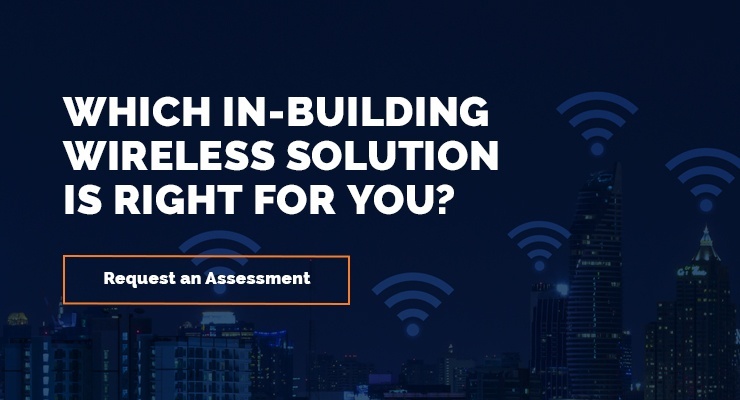Cities are getting bigger, more densely populated—and more dangerous. As populations grow and urbanization increases, conversations about how to make cities safer and more secure are ramping up.
The concept of the “smart city” is gaining international momentum as a solution to the challenge of creating safer cities. Smart cities use data collection and communication technologies to connect infrastructure for a variety of purposes. One purpose of the smart city is to optimize crucial functions like transportation, energy efficiency, and environmental tracking. But another key goal is to help protect citizens with advanced monitoring and public safety communication systems.
Here are just a few of the technologies being implemented in cities throughout the world that are focused on improving public safety:
Surveillance Systems
Most cities already employ some form of security cameras to record activity. However, for truly effective surveillance and monitoring, cameras need to be capable of delivering real-time, high definition video footage 24/7 from locations throughout the city.
In addition to cameras, advanced video analysis applications for facial recognition and anomaly detection utilizing AI help municipalities react more quickly and effectively to emergencies and crimes.
Wireless Broadband Radios
Reliable radio communication is absolutely critical for first responders in emergency situations. Emergency workers need to be able to communicate safely and effectively both outside and inside buildings, as well as increasingly leverage the abundance of multimedia available today. Whether that is video from surveillance cameras and body cams, location-based indoor and outdoor mapping, or real-time information overlays relating to health and safety, the connected digital world offers a great deal of potential for public safety use cases that will benefit our communities.
Regulations for in-building wireless coverage are being adopted by jurisdictions across the country. Most of these regulations take the form of standards set out by the National Fire Protection Association (NFPA) and/or the International Fire Code (IFC) mandating traditional 2-way radio communication capabilities indoors. Both of these organizations provide building standards and code recommendations for use by municipalities. The codes cover everything from existing structures to new construction, but do not reflect the requirement for next generation coverage for the 700 MHz FirstNet platform that can support the multimedia channels mentioned above.
Public Emergency Devices
To give the public better access to help when they need it, emergency devices are being deployed in trouble areas in certain cities. These devices, including WiFi access points, public announcement speakers, blue light stations, and panic buttons, can help citizens better communicate with authorities when help is required.
Smart Sensors
Imagine authorities being instantly alerted to gunfire, or city officials knowing when pollution levels are getting too high. With the variety of smart sensors available today, monitoring and responding to public safety concerns becomes automated.
Sound sensors can do things such as detect gunshots, while lighting sensors can flash or project light in emergency situations. Other types of sensors can measure environmental factors such as barometric pressure, temperature, and pollution to help officials make critical decisions that can impact the city’s livability.
Municipal Control Centers
To track and respond to the data being fed from the various equipment in a smart city, the municipal control center needs to be equipped with advanced management systems that collect, analyze, and manage huge amounts of data from all sensors, cameras, and devices.
Connecting Smart Cities
All of these incredible advancements may lead to safer cities, but implementing these solutions requires unprecedented levels of reliable wireless connectivity.
Each device mentioned above needs to connect to the city network in a highly reliable and highspeed way in order to fulfill its purpose of providing real-time monitoring and support. The challenge is that with so many services now relying on city networks, the network needs to provide enough capacity for all these connected devices. It also needs the ability to easily scale up in the future as more connected devices are added.
Cities are increasingly investing in high bandwidth network infrastructure to support the future of the smart city. So, while interconnected devices may be a reality, their performance and effectiveness rely entirely on reliable and interference-free connectivity.
One of the emerging ways to connect high bandwidth smart city applications (video or mapping based) is by utilizing a private LTE network for the city’s devices with the CBRS spectrum. This spectrum and the upcoming OnGo certified devices that will support high bandwidth applications allow municipalities to control their network, coverage areas, and supported devices in a highly reliable and secure way. The ROI for this is better and more appealing than relying on a traditional carrier’s network to fulfill these functions.
As populations continue to grow and existing city infrastructures are pushed to their limits, smart cities will continue to enable new solutions for improving public safety. Reliable connectivity is the foundation that will support all of the new advancements that will certainly be made in the years to come.





